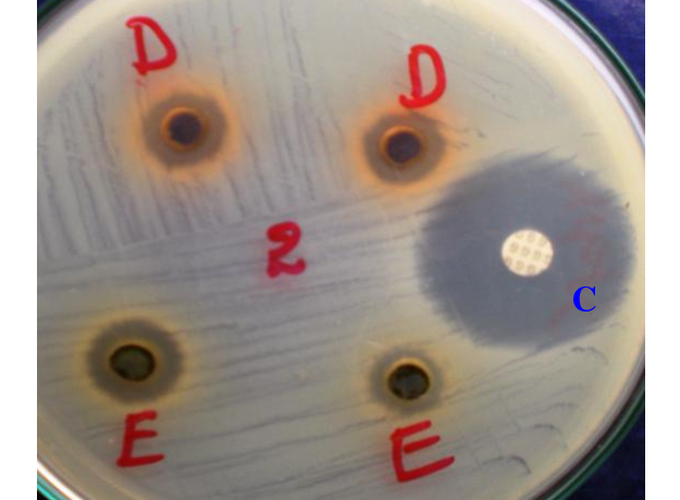

Essential oils (EOs) are a class of natural products that exhibit potent antimicrobial properties against a broad spectrum of bacteria. Inhibition diameters (IDs) and minimum inhibitory concentrations (MICs) are the typical measures of antimicrobial activity for extracts and EOs obtained from Cinnamomum, Salvia, and Mentha species. This study used a meta-analytical regression analysis to investigate the correlation between ID and MIC measurements and the variability in antimicrobial susceptibility tests. By utilizing pooled ID models, this study revealed significant differences in foodborne pathogens’ susceptibility to extracts, which were dependent on both the plant species and the methodology employed (p < .05). Cassia showed the highest efficacy against Salmonella spp., exhibiting a pooled ID of 26.24 mm, while cinnamon demonstrated the highest efficacy against Bacillus cereus, with a pooled ID of 23.35 mm. Mint extract showed the greatest efficacy against Escherichia coli and Staphylococcus aureus. Interestingly, cinnamon extract demonstrated the lowest effect against Shiga toxin-producing E. coli, with a pooled ID of only 8.07 mm, whereas its EOs were the most effective against this bacterial strain. The study found that plant species influenced the MIC, while the methodology did not affect MIC measurements (p > .05). An inverse correlation between ID and MIC measurements was identified (p < .0001). These findings suggest that extracts and EOs obtained from Cinnamomum, Salvia, and Mentha spp. have the potential to inhibit bacterial growth. The study highlights the importance of considering various factors that may influence ID and MIC measurements when assessing the effectiveness of antimicrobial agents.